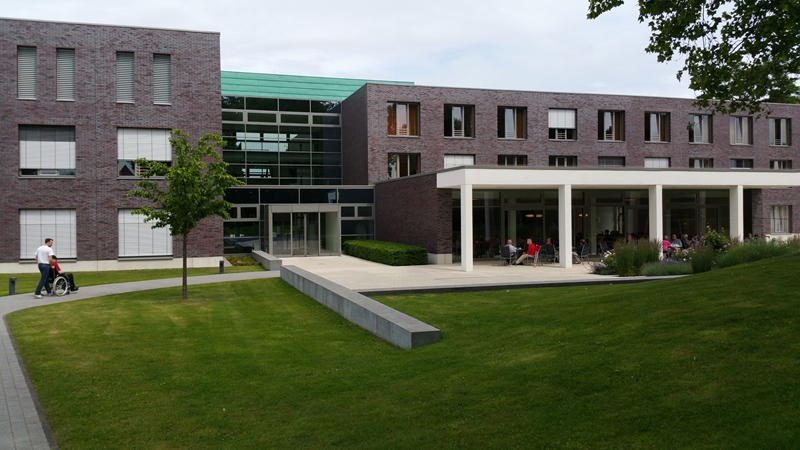Australian aged care is essential, but far from perfect. We have more than 184,000 people in some form of residential care alone (courtesy of 2017 GEN Aged Care data), each of whom will have specific needs that may not be met by the space in which they live.
In fact, 2016-17 research from the Australian Aged Care Quality Agency (AACQA) found 79 residential care spaces failed basic quality audits, with living environment and privacy listed as key concerns over the last few years.
While it won’t immediately fix every shortcoming in Australia’s aged care, it’s important to talk about how good healthcare design can go some way to addressing this.
 The design of any space must be malleable and constantly under review.
The design of any space must be malleable and constantly under review.Dynamic design: The future of Australian aged care?
It is no longer enough to prepare and present an aged care facility – it must be in a state of continuous improvement. The AACQA recommends that operators engage in a cycle that encompasses:
- Planning: Take feedback from all parties on what can be improved in your current design and processes.
- Implementation: In small increments, put changes in place that can improve the aged care facility in line with feedback.
- Review: Check the impacts of the change, whether it had the intended effect.
- Standardisation: Bring changes into every aspect of your design.
Essentially, dynamic design is ensuring your healthcare facility is in a constant state of change. Every single resident has different needs; it is your responsibility as an operator to use continuous improvement to ensure those needs are met.
The benefits of dynamic design for older Australians
Dynamic design ensures you are constantly aware of issues facing residents in aged care, and are tailoring solutions to suit.
For example, a recent Dundee University study looked at vision-impaired people in aged care, and used dynamic principles to work out how their lives could be improved. Solutions included voice-activated technology for computer use – something that can be applied in many parts of a healthcare facility. Opening doors, bathroom facilities and even light switches could be triggered by vocal input in this way.
 How does your aged care facility embrace dynamism?
How does your aged care facility embrace dynamism?Beyond technology, design foundations can embrace dynamic principles. Creating healthcare spaces that can be easily retrofitted and adjusted based on user needs gives facilities a level of versatility not present in much of Australia’s aged care. Support rails, enhanced lighting and wheelchair / Zimmer frame access to specific rooms is also of paramount importance.
The exact changes you make to your facility is less important than having the capability to make that change at any point. Embrace dynamic design principles, adopt feedback and understand that your space is a constantly evolving facility, and you’re well on the way.
Of course, you can’t create a truly dynamic, adaptable space without the help of professionals. For more information, get in touch with the team at Space for Health.



